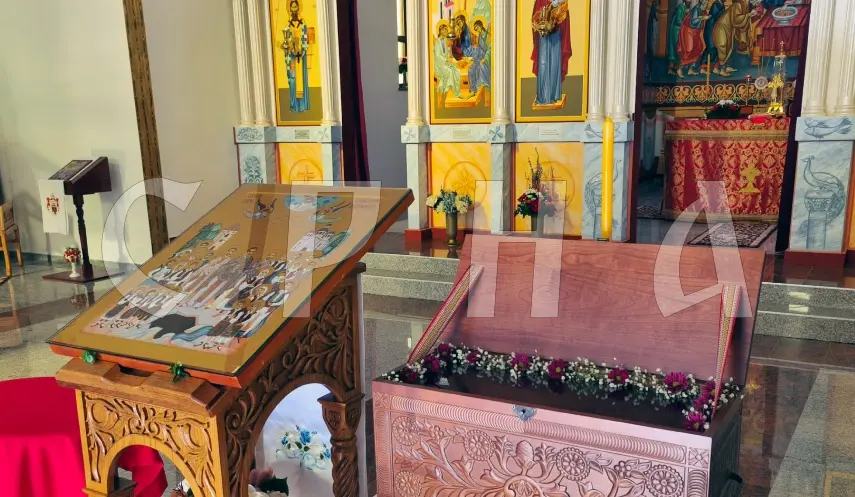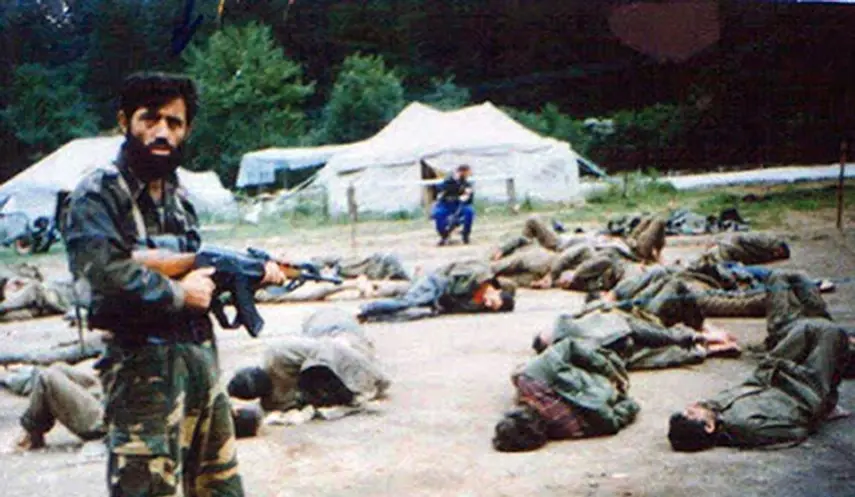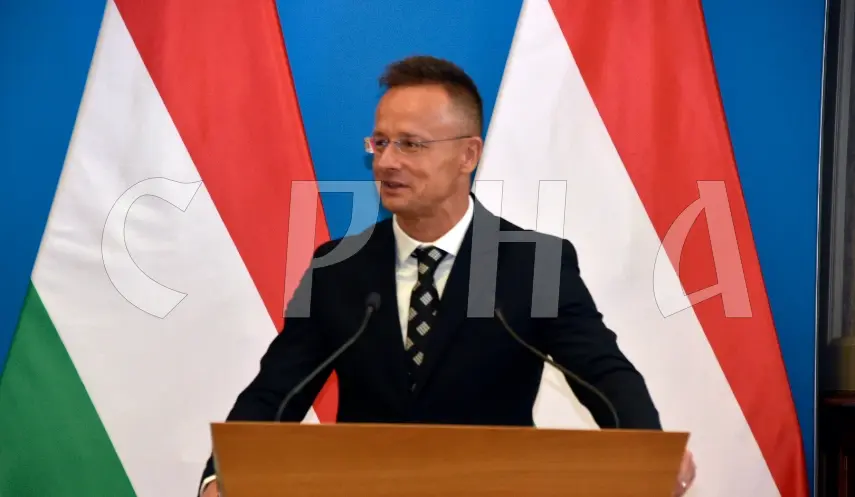FIRST COMMEMORATION OF THE NEW MARTYRS OF GARAVICE BEGINS
FBiH - Bihać - Serbian Orthodox Church
07/26/2025
21:17

BIHAĆ, JULY 26 /SRNA/ – His Grace Bishop Sergije of Bihać-Petrovac and Rmanja served Vespers at the Church of the Holy Trinity in Bihać, marking the beginning of the first liturgical commemoration of the New Martyrs of Garavice and the Bihać-Cazin region, who were canonized at the May assembly of the Holy Assembly of Bishops of the Serbian Orthodox Church.
During his homily, Bishop Sergije told those present that they were taking part in history, as they were witnessing the first commemoration of these newly canonized saints and martyrs.
"After 84 years, we have succeeded through our sincere prayers and love in honouring these new martyrs, who have been celebrated in heaven as martyrs since 1941. The history of the world is in God’s hands, and it is in our hands to glorify God’s holy ones," said Bishop Sergije.
The bishop emphasized that the Serb people in this region had suffered greatly, not only in 1941, but also in the years that followed and that speaking about this suffering had long been forbidden.
"There was 84 years of silence. There was a ban on speaking, researching, or exploring the martyrdom, the confession, and the suffering of God’s holy ones, our fellow countrymen. But we will remain silent no longer," the bishop of Bihać-Petrovac and Rmanja declared.
Bishop Sergije noted that 84 years ago, the blood of these holy martyrs flowed into the rivers Klokot and Una, carrying their souls to the heavenly kingdom.
At its May session, the Holy Assembly of Bishops of the Serbian Orthodox Church inscribed into the diptychs of saints the names of the Holy Martyrs of Garavice and Bihać, who perished in 1941 in Garavice and the Bihać and Cazin regions.
The Assembly decided that the Holy Martyrs of Garavice are to be commemorated annually on July 27.
From July 28 to August 4, 1941, the Ustaše killed 12,000 Serbs, including a large number of children, in the village of Garavice near Bihać.
According to British sources, 14,500 civilians were killed in Garavice over the course of three months, making it the second largest massacre site in BiH during World War II.






